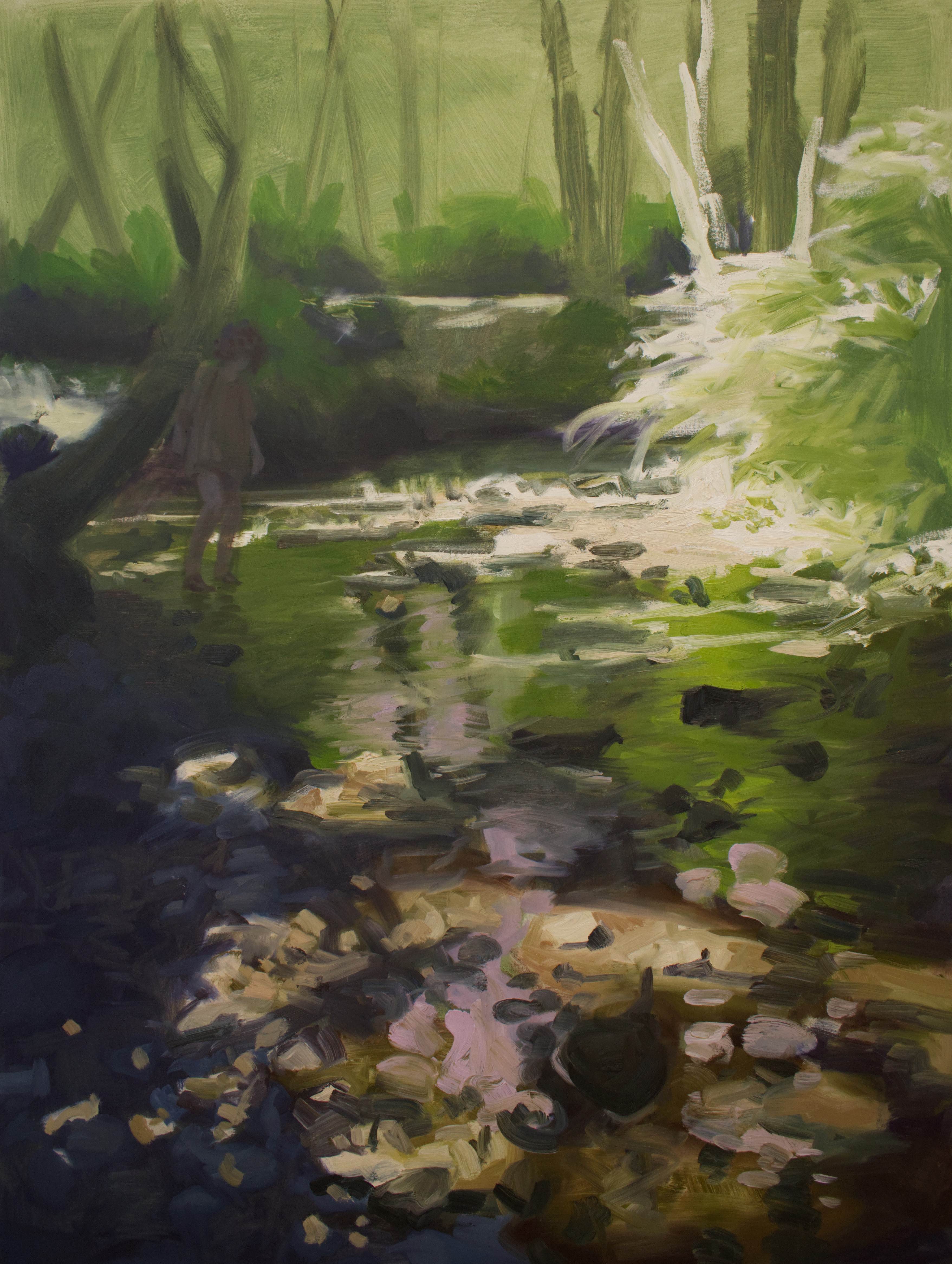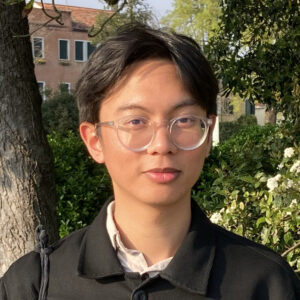Nikko Mundacruz: “It was was a very important opportunity as I realised that this technique gives me the maximum freedom of expression without having to worry about mistakes or second thoughts, it was also my first mature approach to colour.”

Nikko Mundacruz: “It was was a very important opportunity as I realised that this technique gives me the maximum freedom of expression without having to worry about mistakes or second thoughts, it was also my first mature approach to colour.”
How and why did you start your artistic career?
My career has its roots in my childhood: I used to draw a lot as a child, mostly copying photos and comics, but I remember two particular moments as a child when I became aware, on an intuitive level, of two aspects related to representation. One when I drew stylised spiders and realised that every shape has its own shadow that makes it three-dimensional, and the other when my mother drew me a table in perspective and I realised that all things deform according to certain rules.
How did you discover your medium and why did you choose it?
In my third year of high school, a classmate invited me to attend a small landscape painting workshop held by an artist from Venice. It was was a very important opportunity as I realised that this technique gives me the maximum freedom of expression without having to worry about mistakes or second thoughts, it was also my first mature approach to colour. Since that time I have always used this technique, because of the many possibilities with which I can use colour, from glazes to full-bodied full-bodied brush strokes, from flat backgrounds to shading and much more.
Can you talk about your creative process? How does your work come about? How long does it take to create a work? When do you know it is finished?
The images I create start by researching amateur photographs mostly found on the web, numerous photographs of landscapes and figures, which I then select to compose scenes, following the situations that are created by associating figures from different photographs, these compositions are then digitally sketched and edited to achieve a cohesive atmosphere.
The time it takes to finish a painting is quite variable: considering that the photographic research and sketching can take several hours to a few minutes, if I already find suitable images in my photo archive, the time it takes to paint, which is generally divided into three sessions, ranges from a few hours to two weeks. When I reach a state similar to that of the digital sketch, I proceed to finalise the work by describing only certain parts of the painting in more detail.
Who are your favorite artists? Which ones are you inspired by?
The artists I have been looking at in particular in recent years are muralists, illustrators or animators such as Aryz, Min Yun and Alberto Mielgo, I am fascinated by how they manage to fuse and harmonise two-dimensional elements with three-dimensional ones, beyond these authors I always have a look at painters with a more traditional imprint such as Caroline Walker, Benjamin Bjorklund and authors from the past such as Solomon Joseph Solomon.
THE ARTIST
